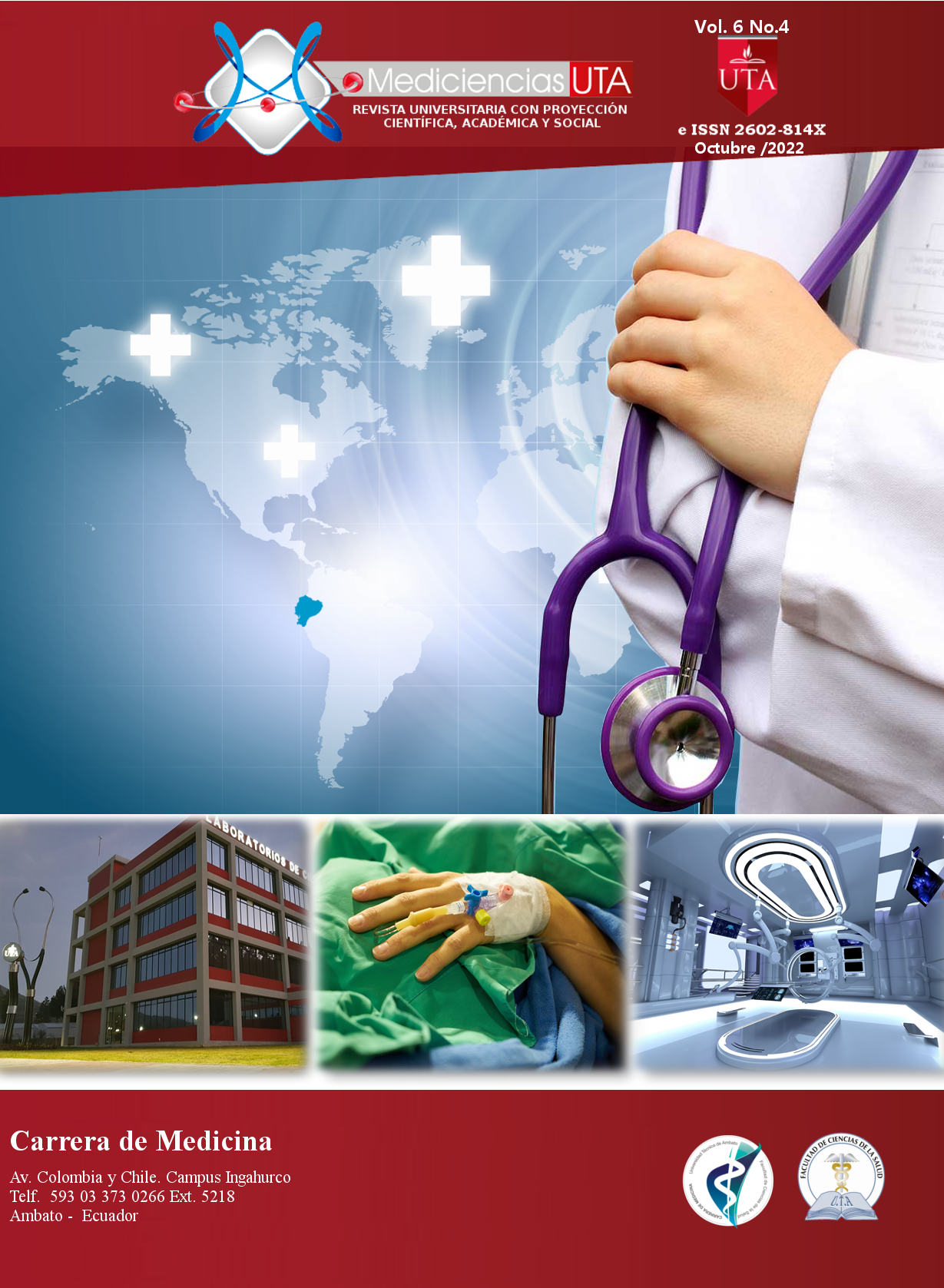Gait in older adults, a warning factor in the face of frailty.
Main Article Content
Abstract
Introduction: The elderly face a series of physiological and morphological changes that constantly test their ability to adapt, if they do not have healthy tools and habits, deterioration will lead to functional frailty. Gait is an important factor in maintaining functional independence, the detriment of speed is a sign that alerts us to physical decline and more serious complications.
Objectives: To establish the influence of walking as a frailty alert factor in the elderly.
Material and Methods: Two groups of older adults participated in the research: institutionalized and day care. It was evaluated through a therapeutic file that collected sociodemographic and habit information. Important sociodemographic data, pre-existing habits and health were taken, in addition, (SPPB) Short Physical Performance Battery test and Yesavage scale, these data were synthesized to relate to the frailty factors found.
Results: The gait of the elderly can be modified due to gait speed, poor health habits, impaired balance, decreased muscle strength and these factors are an alert to the fragility that may occur.
Conclusions: Of the factors that can trigger frailty in the elderly, the most representative is gait speed.
Downloads
Article Details

This work is licensed under a Creative Commons Attribution-NonCommercial-ShareAlike 4.0 International License.
References
Organización Mundial de la Salud. Informe mundial sobre el envejecimiento y la salud. Ginebra: OMS; 2015. Disponible en: http://apps.who.int/iris/bitstream/10665/186466/1/9789240694873_spa.pdf.
https://www.primicias.ec/noticias/sociedad/ecuador-adultos-mayores-poblacion/ Para hacer uso de este contenido cite la fuente y haga un enlace a la nota original en Primicias.ec: https://www.primicias.ec/noticias/sociedad/ecuador-adultos-mayores-poblacion/
Godes, J. F., & Bernal, J. S. (Eds.). (2021). Envejecimiento, actividad física y desarrollo emocional. Editorial UOC.
Rodríguez Ávila, N. (2018). Envejecimiento: Edad, salud y sociedad. Horizonte sanitario, 17(2), 87-88.
Herrera-Perez, D., Soriano-Moreno, A. N., Rodrigo-Gallardo, P. K., & Toro-Huamanchumo, C. J. (2020). Prevalencia del síndrome de fragilidad y factores asociados en adultos mayores. Revista Cubana de Medicina General Integral, 36(2).
Acosta Illatopa, E. M. (2020). Prevalencia y factores asociados al Síndrome de fragilidad en adultos mayores del distrito de Chaglla–Huánuco en el mes de Febrero del 2020.
Rodríguez del Pozo, R. (2019). Características clínicas asociadas a la velocidad de la marcha lenta como indicador de fragilidad en pacientes adultos mayores que acuden a consulta externa de Geriatría del Hospital Nacional Hipólito Unanue-Enero 2019.
Río, X., Guerra-Balic, M., González-Pérez, A., Larrinaga-Undabarrena, A., & Coca, A. (2021). Valores de referencia del SPPB en personas mayores de 60 años en el País Vasco. Atención Primaria, 53(8), 102075.
ELSEVIER: 11. Martínez-Monje F, Cortés-Gálvez JM, Cartagena-Perez Y, Leal-Hernández M. Valoración funcional del anciano en atención primaria mediante el test «SPPB». Rev Esp Geriatr Gerontol [Internet]. 2017;53(1):59–60. Available from: http://dx.doi.org/10.1016/j.regg.2017.05.008
Legna Marian, S. C. H., & Amanda, S. G. (2020, September). COMPORTAMIENTO DE LA FRAGILIDAD EN EL ADULTO MAYOR. In Morfovirtual 2020.
Hernández, L. A. V., Mejía, Y. M., Corral, L. M., Sánchez, C. M. C., & Pérez, K. J. M. (2018). Fragilidad en el Adulto Mayor.¿ Cómo se mide?. Cultura Científica y Tecnológica, (66).
Rodrigues, R. A. P., Fhon, J. R. S., Pontes, M. D. L. D. F., Silva, A. O., Haas, V. J., & Santos, J. L. F. (2018). Síndrome de la fragilidad en el adulto mayor y sus factores asociados: comparación de dos ciudades. Revista Latino-Americana de Enfermagem, 26.
Rivelli, R., Gabetta, J., Amarilla, A., Sosa, O. E. L., Vera, M. L. D., Rojas, L. T. D., ... & Carmagnola, D. A. (2020). Fragilidad del adulto mayor en tres Unidades de Salud Familiar del Paraguay en 2019. Revista Virtual de la Sociedad Paraguaya de Medicina Interna, 11-22.
de la Luz León-Vázquez, M., Medina-Rosete, M. I., Castellanos-Lima, R. I., Portillo-García, Z., Jaramillo-Sánchez, R., & Limón-Aguilar, A. (2020). SÍNDROME DE FRAGILIDAD EN EL ADULTO MAYOR Y LA SOBRECARGA DE SU CUIDADOR PRIMARIO. Rev Mex Med Fam, 7, 72-7.
Vázquez, C. C., Sánchez, J. L. C., Cadenas, E. S., Trujillo, P. A., Carvajal, F. E., & Sánchez, M. D. L. A. V. (2018). Fragilidad en el adulto mayor con diabetes mellitus tipo 2 y su relación con el control glucémico, perfil lipídico, tensión arterial, equilibrio, grado de discapacidad y estado nutricional. Nutrición hospitalaria: Organo oficial de la Sociedad española de nutrición parenteral y enteral, 35(4), 820-826.
Salinas Pacheco, D. V. (2019). Fragilidad En El Adulto Mayor Y Riesgo De Sufrir Caidas En Pacientes Que Acuden Al Cimfa–Mav–Cns–Cochabamba-Gestion 2018 (Doctoral dissertation, RM. MF.-01/19;).
Abajo, Francisco J. de. (2001). La Declaración de Helsinki VI: una revisión necesaria, pero ¿suficiente?. Revista Española de Salud Pública, 75(5), 407-420. Recuperado en 31 de mayo de 2022, dehttp://scielo.isciii.es/scielo.php?script=sci_arttext&pid=S1135-7272001000500002&lng=es&tlng=es.
Rodríguez Jiménez, K. S., & Reales Chacón, L. J. (2016). Síndrome de fragilidad y sus variables asociadas. Med. interna (Caracas), 272-278.



